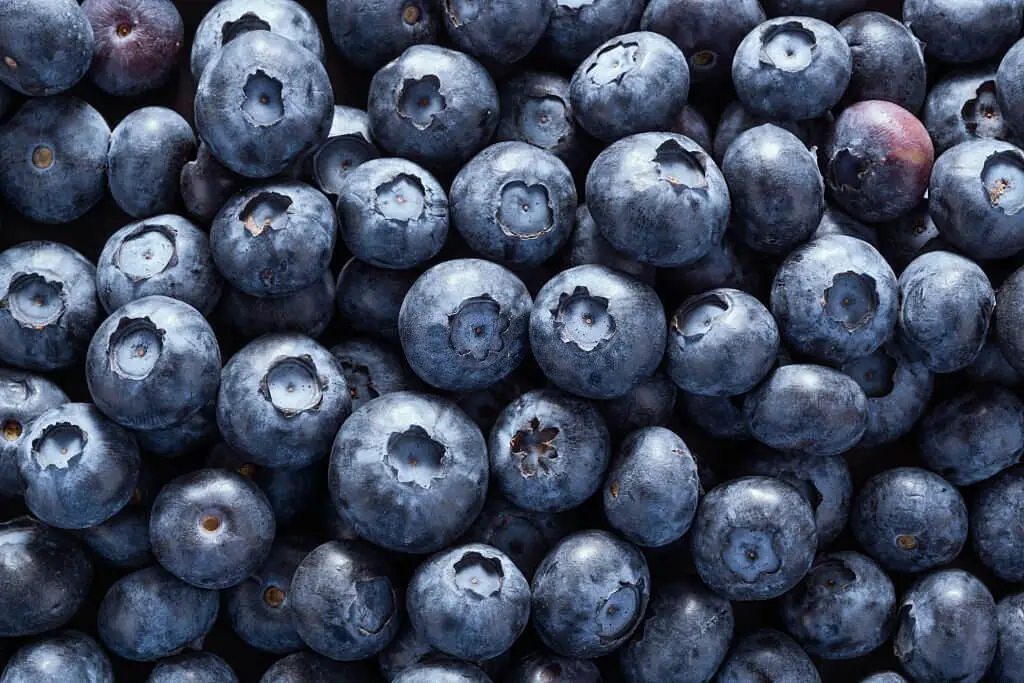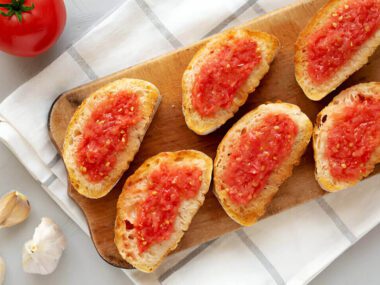If you’ve ever laid eyes on a beautifully designed cake, chances are, you’ve encountered fondant icing. That smooth, flawless finish and intricate designs – it’s like edible art! But have you ever wondered, “Is fondant icing really edible?” Well, my friend, we’re about to dive into the sugary depths of fondant, uncovering its taste, texture, and all the sweet secrets you need to know.
What Is Fondant Icing?
Before we answer the burning question of its edibility, let’s get to know fondant icing a bit better. Fondant is a type of cake decoration that’s both flexible and smooth, making it perfect for covering cakes and creating intricate designs. It’s like the fashion model of the cake world—flawlessly smooth and ready for any style you want to dress it in.
The Ingredients
Fondant icing typically consists of three primary ingredients:
- Sugar: The star of the show, sugar is what gives fondant its sweet taste and smooth texture.
- Water: Water is used to dissolve and blend the sugar.
- Gelatin: Gelatin is the magic ingredient that gives fondant its elasticity and pliability.
Some recipes also include flavorings and colorings to enhance the taste and appearance. So, it’s clear that the primary ingredients are edible, but what about the final product?
Is Fondant Icing Edible?
Let’s tackle this burning question right out of the gate. The answer is a resounding YES! Fondant icing is absolutely edible. But hold your horses; there’s more to the story.
What Does Fondant Taste Like?
Fondant is, without a doubt, sweet as can be. It’s like a sugary dream come true. You might even detect a subtle vanilla flavor dancing on your taste buds. But, and here’s the kicker, not everyone is head over heels for its sugary embrace. Some folks find fondant’s sweetness a tad overwhelming and prefer to bid it adieu, scraping it off their slice of cake.
So, while it’s technically edible, your taste buds might have their own verdict.
What Does Fondant Look Like?
Fondant comes in two captivating forms:
- Poured Fondant: Picture a thick, luscious liquid that can double as a filling. It’s like the smooth talker of the fondant world, seducing cakes with its glossy charm.
- Rolled Fondant: This one’s the red-carpet star of wedding cakes. It’s a flat sheet of sugary magic that covers your cake with elegance and grace. Once applied, your cake looks like it’s dressed to impress. And guess what? You can take things up a notch by adding more decorative flair. Simply use other types of icing or cut out charming shapes from fondant to bedazzle your masterpiece. Fondant can also be sculpted into jaw-dropping structures, turning your cake into a sugary work of art.
The best part? Fondant hardens at room temperature, locking in all that beauty.
Fondant’s Culinary Uses
While you can certainly eat fondant icing as is, many people prefer to use it as a decorative element on cakes and cupcakes. Here are a few creative uses for fondant:
- Cake Covering: Fondant is most commonly used to cover cakes, giving them a flawless, polished appearance.
- Sculpting: Fondant can be molded into various shapes and figures, making it a favorite among cake artists.
- Decorative Details: It’s perfect for adding intricate details like flowers, bows, and lace patterns.
- Cupcake Toppers: Fondant can also be used to create eye-catching toppers for cupcakes.
Fondant Icing in Popular Culture
Fondant icing has become a star in the world of baking competitions and reality shows. If you’ve ever watched a cake decorating competition, you’ve likely seen pastry chefs and amateur bakers transform simple cakes into edible works of art using fondant. It’s like watching a magician at work!
Tips for Enjoying Fondant
If you’re curious to give fondant a try, here are some tips to enhance your experience:
- Pair It Right: Combining fondant with cakes that have complementary flavors, like chocolate or citrus, can balance out the sweetness.
- Thin Layers: Applying fondant in thin layers can help mitigate the chewiness factor.
- Get Creative: Experiment with flavors by adding extracts or food coloring to your fondant.
Fondant vs. Buttercream: The Sweet Showdown
Now that we’ve uncovered fondant’s secrets, it’s time to pit it against another contender in the cake decorating arena: buttercream.
Ingredients: Fondant is crafted from a blend of sugar, water, glycerin, and gelatin, while buttercream relies on butter, confectioner’s sugar, and flavorings. Buttercream packs more fat thanks to its buttery base.
Texture: Buttercream is the fluffy, frosting royalty, while fondant is the smooth operator that gives cakes that polished finish.
Fixing Fiascos: Oops, made a decorating mistake? Buttercream’s got your back. It’s more forgiving than fondant, which can be a bit crack-prone when mishandled.
Sculpting Skills: If you’re into crafting intricate cake details, fondant is your best buddy. It’s the Michelangelo of cake sculpting. Buttercream, on the other hand, excels in creating delightful swirls and intricate patterns with a piping bag – a feat that’s trickier with fondant.
Taste Test: Buttercream wins in the creaminess department. Some folks prefer its delightful taste over fondant’s sugary personality, which not everyone finds enchanting.
In the grand showdown between fondant and buttercream, both have their unique strengths and can even join forces to create cake magic. The choice depends on your desired design, personal palate, and your decorating prowess.
The Sweet Conclusion
So, there you have it – fondant icing is, indeed, edible. Its sugary charm and versatility make it a darling of cake decorators around the world. Whether you’re creating a dreamy wedding cake or a whimsical birthday treat, fondant can transform your vision into a sugary masterpiece.
But remember, taste is subjective. While some can’t resist the allure of fondant, others may choose to savor the cake beneath without its sugary embrace. The choice is yours, dear reader. Embrace the sweet journey, experiment with fondant, and let your taste buds be the ultimate judges.



